The Breakdown
OnePlus has been making some really good smartphones in the past, while with each generation the brand has been trying to make it an all-rounder flagship smartphone, In the past, they have usually been let down due to a couple of important factors mainly the negligence of Wireless Charging and IP68 Water Resistance. Yes, some people may complain about the camera’s not living up to the mark as marketed by the brand as a “flagship camera setup”, but this year the OnePlus 8 Pro changes it all.
OnePlus in the past has been seen a stage where the brand had been running towards launching phones back to back, The OnePlus 7T Pro, which was launched in the last year, seemed like a half baked product which the brand had pushed out in a hurry. It brought no major changes compared to the OnePlus 7 Pro leaving aside the upgraded Snapdragon 855+ chipset and an additional camera lens at the back. However with the OnePlus 8 Pro, OnePlus has finally packed in all the features the users have been requesting for, and leaps a step forward becoming an almost perfect flagship. Here’s my review and why I do think the same about the smartphone.
Design:
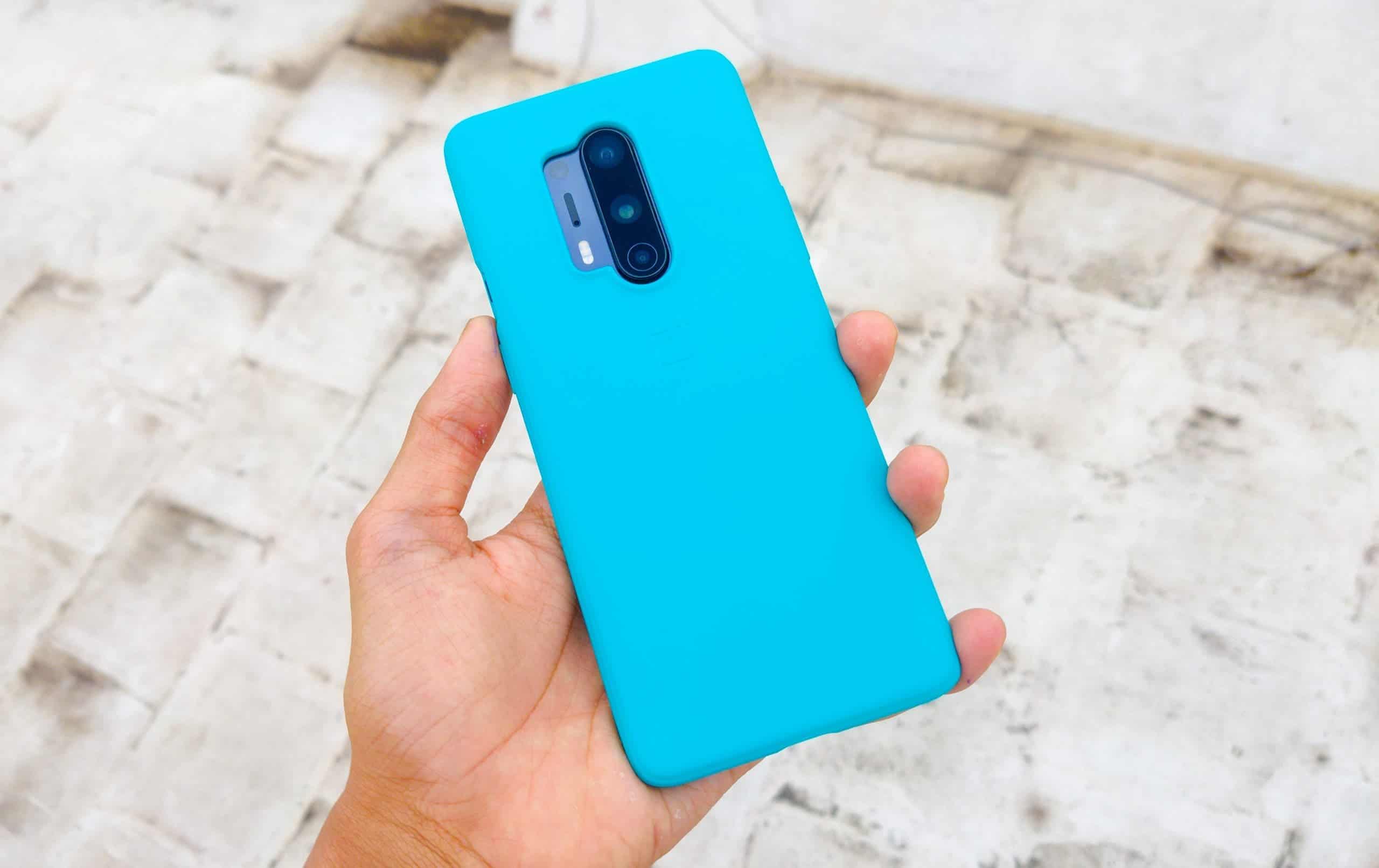
If you ever have used an OnePlus branded smartphone in the past, the OnePlus 8 Pro would seem pretty ordinary to you with subtle changes: the display is rounded on both the side and as a consequence (in a positive way) the display offers an immersive feel, while also meaning that the fingers could accidently touch the screen at any point of time while holding the smartphone. Yes, this could be inconvenient while typing or having a chat, but OnePlus has done a decent job with the palm rejection keeping accidental touches blocked.
There are three colour options available the Glacial Green, Ultramarine Blue and Onyx Black. While I do have the glossy Onyx Black variant with me, I would have preferred the matte Glacial Green variant, as it wouldn’t show up fingerprints as much as the glossy Onyx Black while also looking classy. The button placements have been done right with all the buttons in common spots with the volume rocker on the left, the power button on the right, the legendary alert slider on the right as well. The buttons are clicky and sufficiently tough to push.
Buttons and Ports
Additionally, there’s the USB Type-C port placed at the bottom for charging and data transfers, right next to the primary speaker grille and the SIM tray on the left of the port. Flipping the phone apart and one could find three out of the four camera lens’s placed in a vertical array one below the other, while the fourth sensor along with the laser AF module has been placed right beside the three lenses. Without a doubt, the box includes a newly designed silicone case with the bold ‘Never Settle’ text written across it. While the case not only just is symbolic of a style but also grip, which is highly important considering the size of the smartphone.
Moving on to one of the few key highlighting inclusions of the OnePlus 8 Pro, IP68 Water Resistance. OnePlus has finally brought it to its flagship while excluding it on the regular OnePlus 8 which is understandable. I did try dipping the smartphone into the water for a couple of minutes, and there was no damage dealt. The inclusion of this doesn’t mean you could take it for a swim directly, but in rains or an accidental dip of the smartphone in water will not deal much damage to the smartphone.
Display:
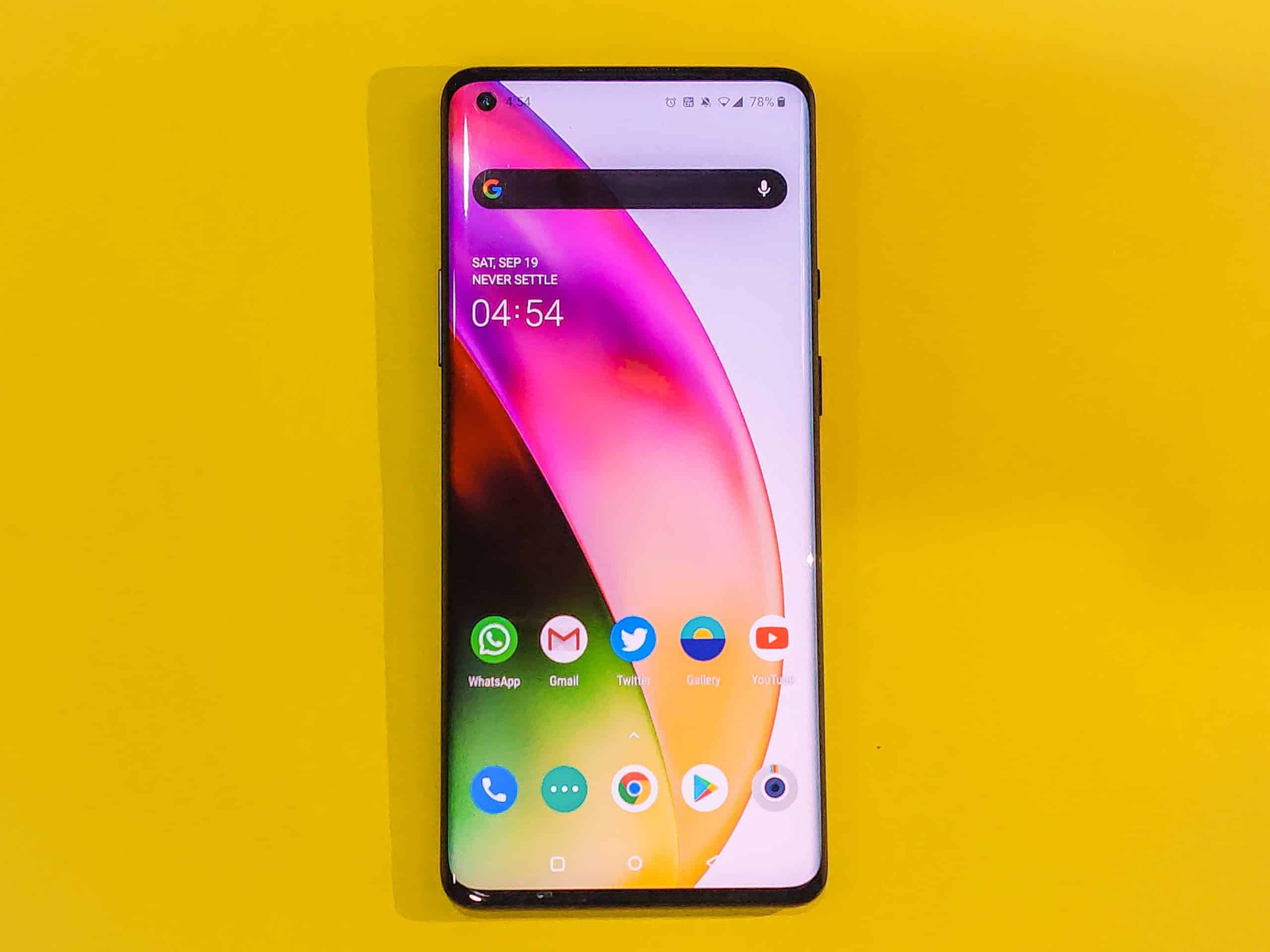
OnePlus has gone with the numbers for the display on the OnePlus 8 Pro, packing in a 6.78-inch curved QuadHD+ Fluid AMOLED display with a 3,168 x 1,440 pixels resolution, a 120Hz refresh rate with a peak brightness of 1,300 nits, support for 10-bit colour and HDR10+ capabilities. Additionally. the display is being been protected by a Corning Gorilla Glass 5. With an A+ Display Mate rating, there’s nothing one could complain about the display on the OnePlus 8 Pro and in fact, the display is my personal favourite part of the smartphone.
Credit where its due, OnePlus is one among the few brands which allow the consumers to use the phone at QuadHD+ resolution and refreshing at 120Hz at the same time (..Cough cough Samsung). I have been using it at the max QHD+ and 120Hz refresh rate as it is the USP and let me get that straight: the OnePlus 8 Pro’s display is just fabulous and is among the best screen’s I have ever used till date. Viewing the phone outdoors is not at all an issue, the viewing angles are great, it has deep blacks, great colours and the screen is vibrant, However, the screen doesn’t get comfortably low in brightness as some of us would prefer: it is pretty bright even when set to the least brightness and could cause issues while viewing in the dark.
Content on OnePlus 8 Pro
Moreover, OnePlus has included tons of display features whether it’s calibrating the display’s colour to your liking or inserting frames while consuming content to making it look smoother, also called MEMC or Motion Graphics Smoothing. There’s a ton of other options too such as a Reading mode which could help your eyes strain less while reading or Vibrant Color Effect Pro which boosts video colours and contrast to make it look more vivid.
The OnePlus 8 Pro has the Widevine L1 certification meaning users will be able to stream HD content from streaming services such as Netflix and Prime Video with HDR enabled. While the jump from a regular 60hz to 90hz display is quite noticeable, the bump from 90hz to 120hz isn’t a major difference and shouldn’t be your deciding factor while purchasing the smartphone. Talking about curved displays, as Prakhar from PocketNow states “Curved displays make your phone look good but they lose out on practicality”, I completely agree with him.
Performance:
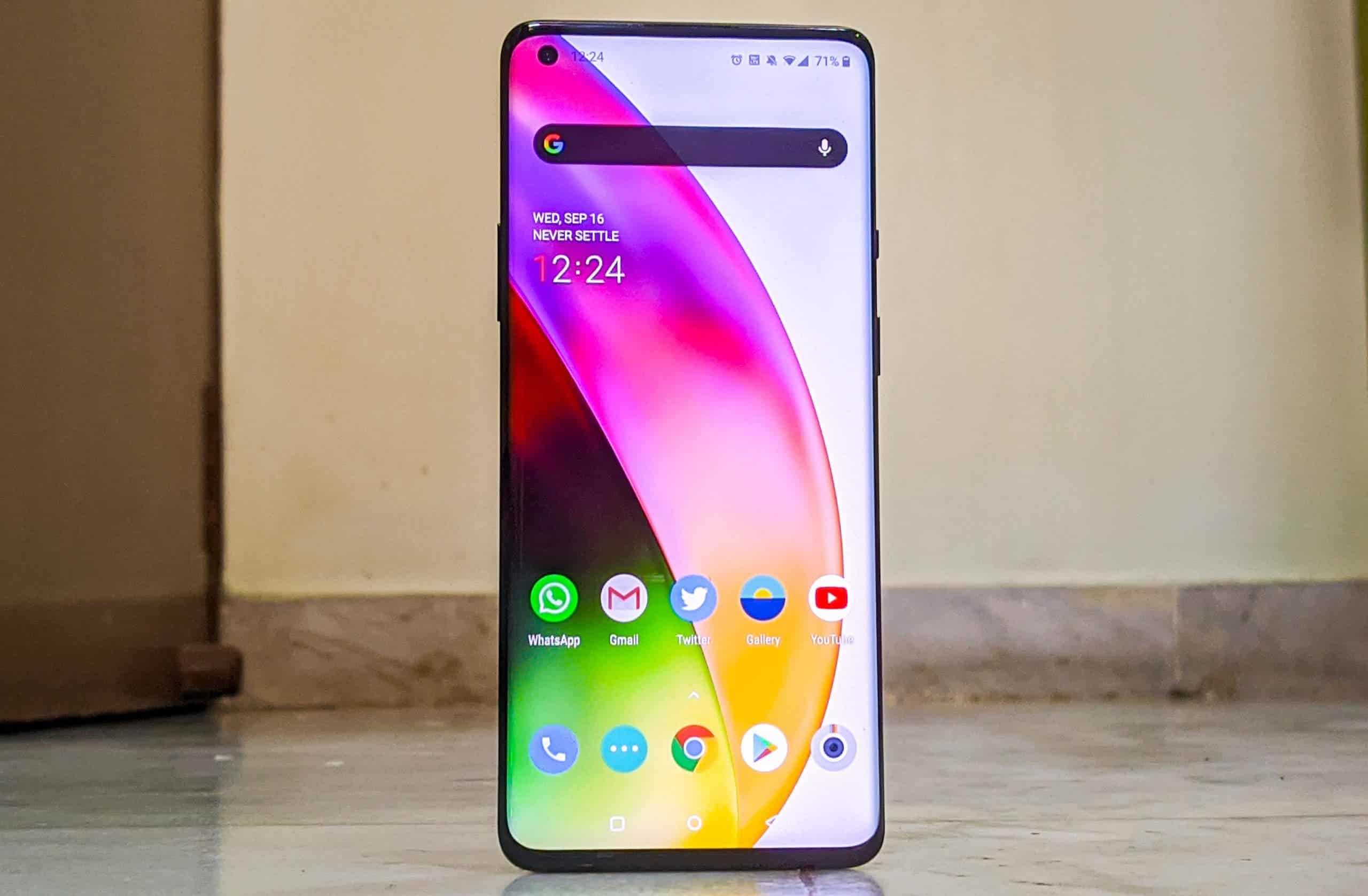
As a usual OnePlus flagship goes, the smartphones are power-packed with the latest and the greatest specifications under the hood and the OnePlus 8 Pro is a no exception packing in the Qualcomm Snapdragon 865 chipset coupled with X55 5G modem. The unit I have been using is the one with 8GB of RAM and a 128GB of internal storage built-in. OxygenOS combined with the powerful hardware and the 120hz display forms a perfect combination barring a few instances which I will talk about in the latter part of the review.
The smartphone manages to perform all the daily day to day tasks either be it surfing the web, scrolling through social media feeds or playing games with ease. Additionally, thanks to the UFS 3.0 storage built-in, the app opening times are pretty fast and never caused a hassle. However, to test out the gaming performance and the thermal management, I played a couple of graphics demanding titles such as PUBG Mobile, Call of Duty Mobile and casual instances of Among Us on the smartphone and the performance was blazing smooth. The smartphone can run the games at the maximum possible settings and extreme framerates especially PUBG Mobile runs pretty smooth on 90 FPS.
Audio
Moving on to Audio, OnePlus ditched the 3.5mm headphone jack quite some time back, and it has not made a return with the OnePlus 8 Pro But, there’s a stereo speaker setup on the 8 Pro where the earpiece doubles as a secondary speaker to form a stereo effect. The sound output produced is pretty loud and crisp, it performs well for listening to movies or while playing games. Further, there’s support for Dolby Atmos too. On the side of call quality, the earpiece is loud enough and the person on the other end was able to hear me properly without much of a background disturbance.
Gizchina News of the week
Cameras:
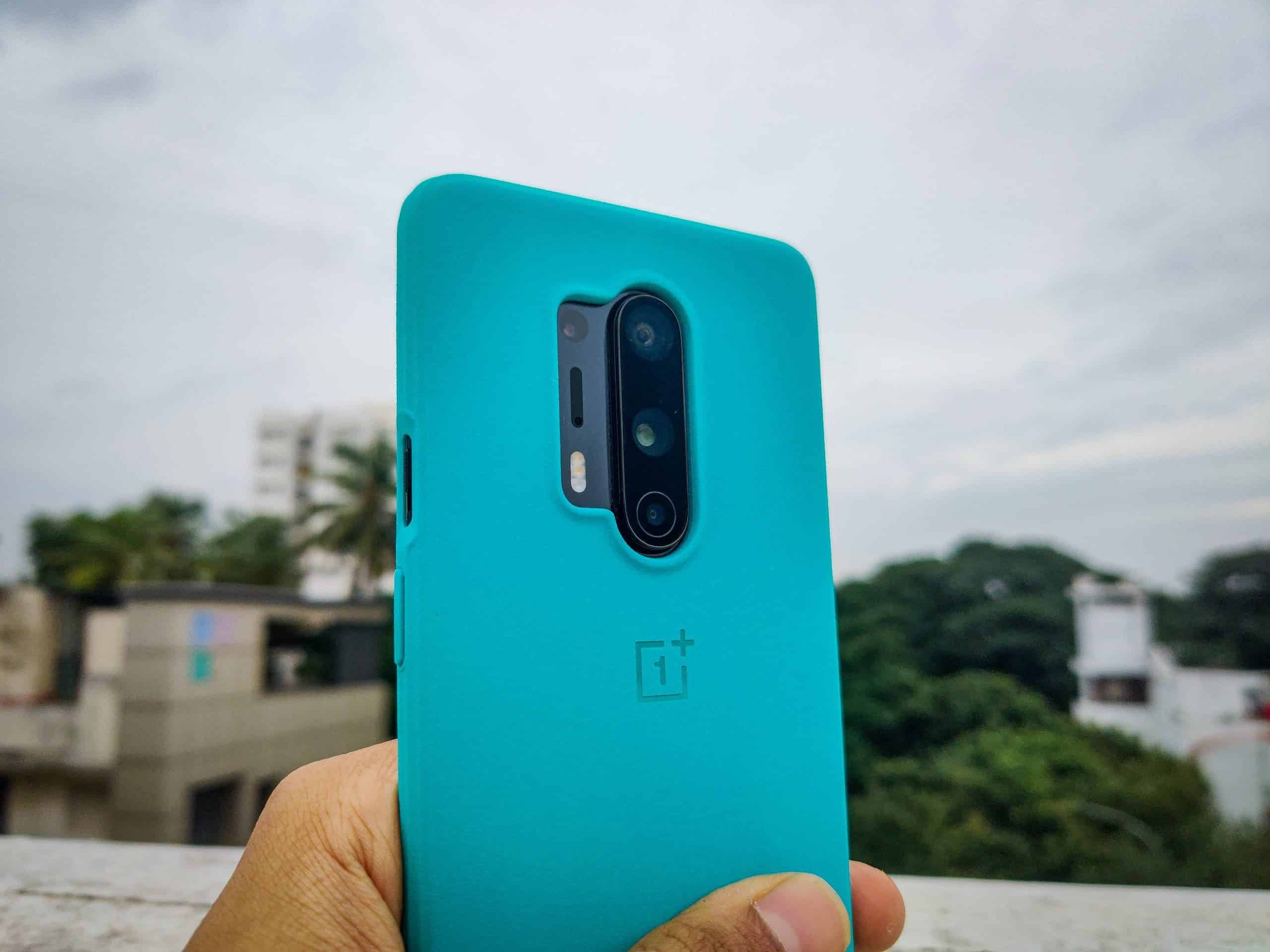
OnePlus devices have been struggling in the past with their optics, while they have been significantly improved with the OnePlus 8 Pro; yet it forms one of the key factors which doesn’t let the smartphone being called ‘the best’ overall. As for the details: there’s a 48-megapixel Sony IMX689 sensor paired with f/1.78 aperture lens and OIS; a secondary 8-megapixel telephoto lens with 3x hybrid zoom paired with an f/2.44 aperture and OIS; a 48MP ultra-wide-angle lens with a 120-degree field-of-view and f/2.2 aperture; and a 5MP colour filter lens.
The 48-megapixel ultra-wide angled lens used here is the primary sensor from the last year’s OnePlus 7 Pro, but with a wider field of view and that performs well. The details captured through the lens is good enough with a decent dynamic range and slightly warmer colours. However, there’s some colour shifting with the primary and ultra-wide angled lens; and is easily visible in the viewfinder while shifting from the primary to ultra-wide or vice versa. Interestingly, it can also function as a macro shooter to take some close-ups shots and performs much better than those additional two or five-megapixel macro lenses while being easier to focus comparatively.
Primary Lens
Moving on to the primary lens, the Sony IMX689 sensor used here captures some excellent shots in daylight; with negligible noise in the background and a good depth of field. To nit-pick, I have personally noticed certain instances where the camera tends to over saturate the colours; but that could be fixed with a software update in the future. The 8-megapixel telephoto lens is a hit or a miss with the colours, wherein the brand has opted in for a 12-megapixel sensor which has been cropped in to deliver 3x magnification. The output produced is decent and come nowhere near the Galaxy S20 series of smartphone. The lens requires a large chunk of light to perform optimally. While it can go as close to cropping in at 30x, image outputs over 10x arent recommended by me.
On to the software tricks, the night mode which OnePlus likes to call it as Nightscape Mode; performs well in low-lighting conditions. Shooting in low-light without the night mode often results in noisy images which can be reduced but not completely using the nightscape feature. However, portrait mode shots seem too contrasty for my liking with tat details even in darker parts of the image. Skin tones produced by the algorithm seem to be on point but with slightly warmer tones at instances.
Selfie Camera
Switching to the front-facing camera on the front housed in the punch-hole, there the 16-megapixel Sony IMX471 shooter. It can capture some good looking shots with a decent amount of details but struggles with dynamic range; especially in low or no lighting conditions. Portrait mode shots come out to be good looking; with a good amount of depth separation between the subject and the background.
Overall, the camera output produced from the phone seems decent but is just average considering it a flagship priced over Rs.50,000 in India. Yes, the phone takes some excellent shots during daylight but on the contrary, it struggles with selfies and portrait mode on the rear. Additionally, for now, OnePlus has disabled the 5-megapixel colour filter camera, so I wasn’t able to check it out.
OnePlus 8 Pro: Battery and Charging:
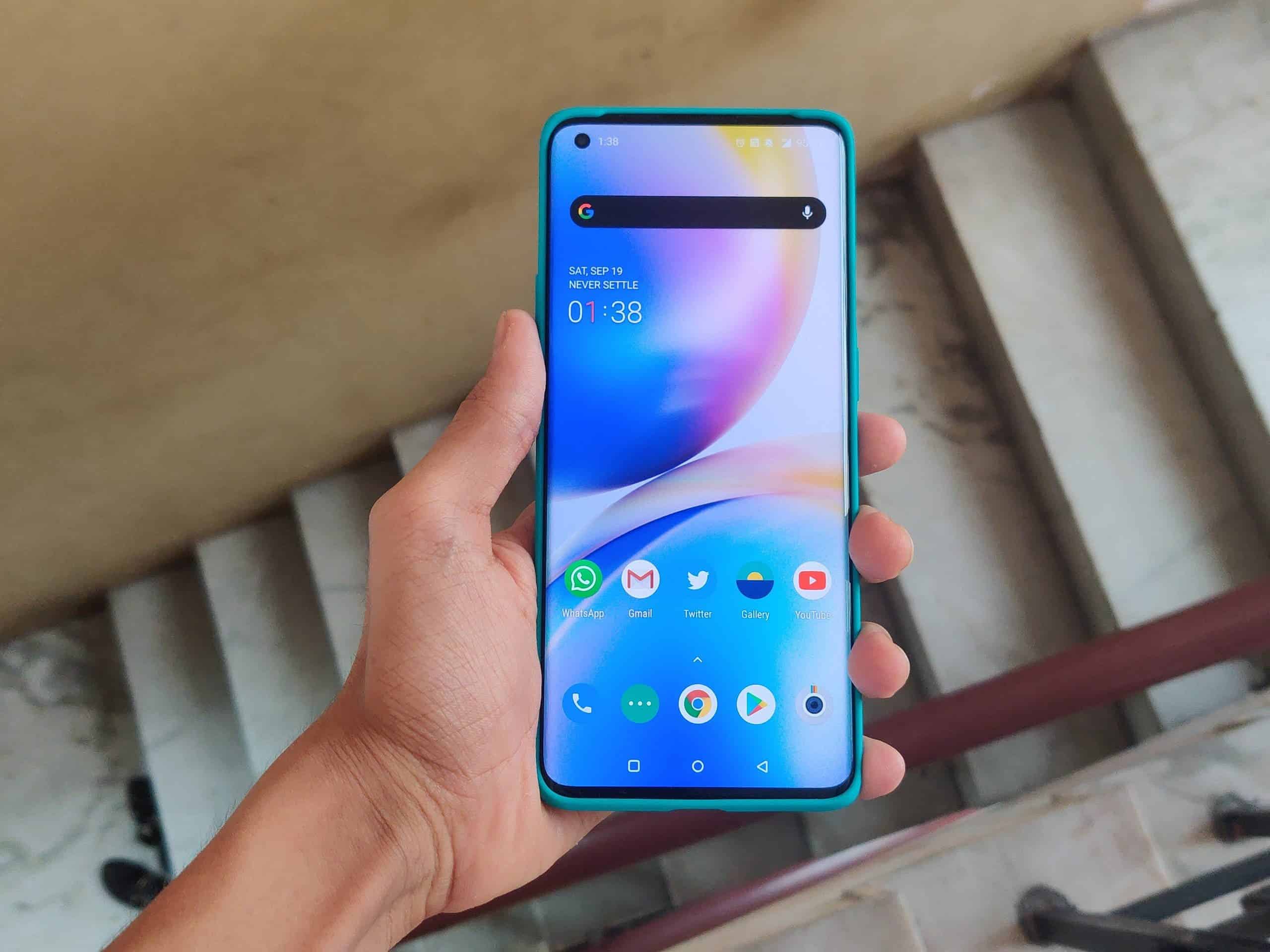
There’s a 4,510mAh battery on board with support for 30W fast wired and wireless charging. Do note that, this is the first OnePlus smartphone to come with support for wireless and reverse wireless charging. The OnePlus 8 Pro has the same Warp Charge 30T charging technology from the previous OnePlus 7T series of smartphones; where other brands have started offering 65W fast charging technologies under the Rs.20K price segment in India. However, the Warp Charge 30T adapter can get your phone charged from 0 to 50% in just half an hour; and up to 90% in about 65 minutes.
Before moving on and talking about my SOT and so on do note that my usage involves scrolling through social media feed, watching youtube videos, attending online lectures, shooting a couple of photos regularly. With the smartphone set to QHD+ and 120Hz, I was easily able to achieve 5.5 hours to 6 hours of usage; while shifting down to the FHD+ resolution adds additionally up to 10-15% of battery. I would recommend you use the phone set to QHD and 120Hz to take complete benefit of the display.
Software:
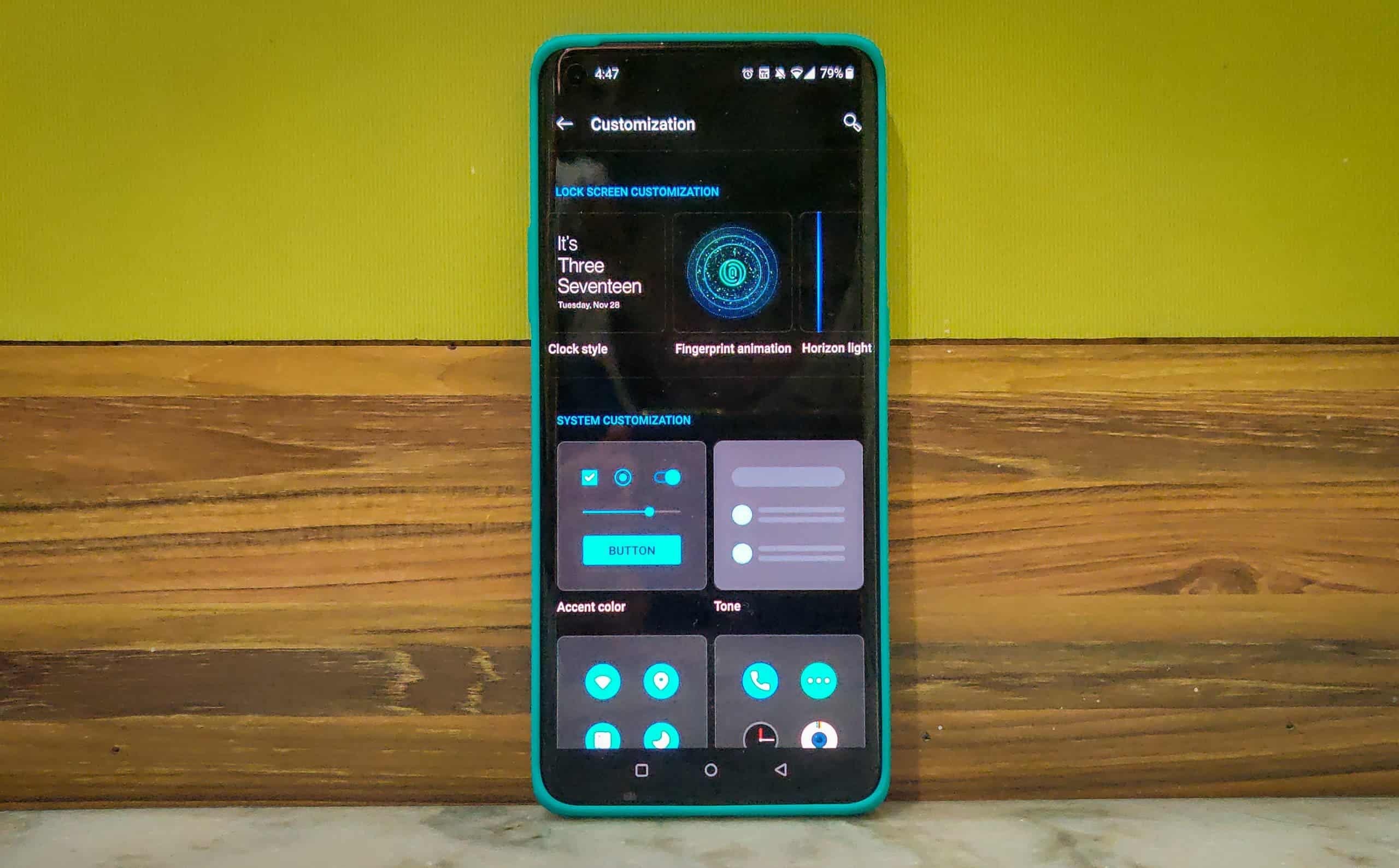
OxygenOS has made a loyal fanbase in the past which included me at a certain point of time; The OnePlus 8 Pro runs on OxygenOS based on Android 10, and is one among the first few phones to already have received the Android 11 beta. While OxygenOS is fast and fluid, there were certain instances in my usage period where the smartphone rebooted randomly, was frozen in the middle of an important task; wherein I had to reboot the phone to get it back normal.
OxygenOS includes a ton of features from changing the themes, the Always-on Display clock style, fingerprint unlock animations, the horizon light which lights up the edge when you receive a notification to changing the icon packs, digital wellbeing to monitor your usage and more. Not to mention, there’s the optical under-display fingerprint scanner which is pretty fast and accurate; there’s the loved face-unlock, Wi-Fi 6 onboard alongside support for VoLTE and VoWifi.
Verdict: Worth the Money?
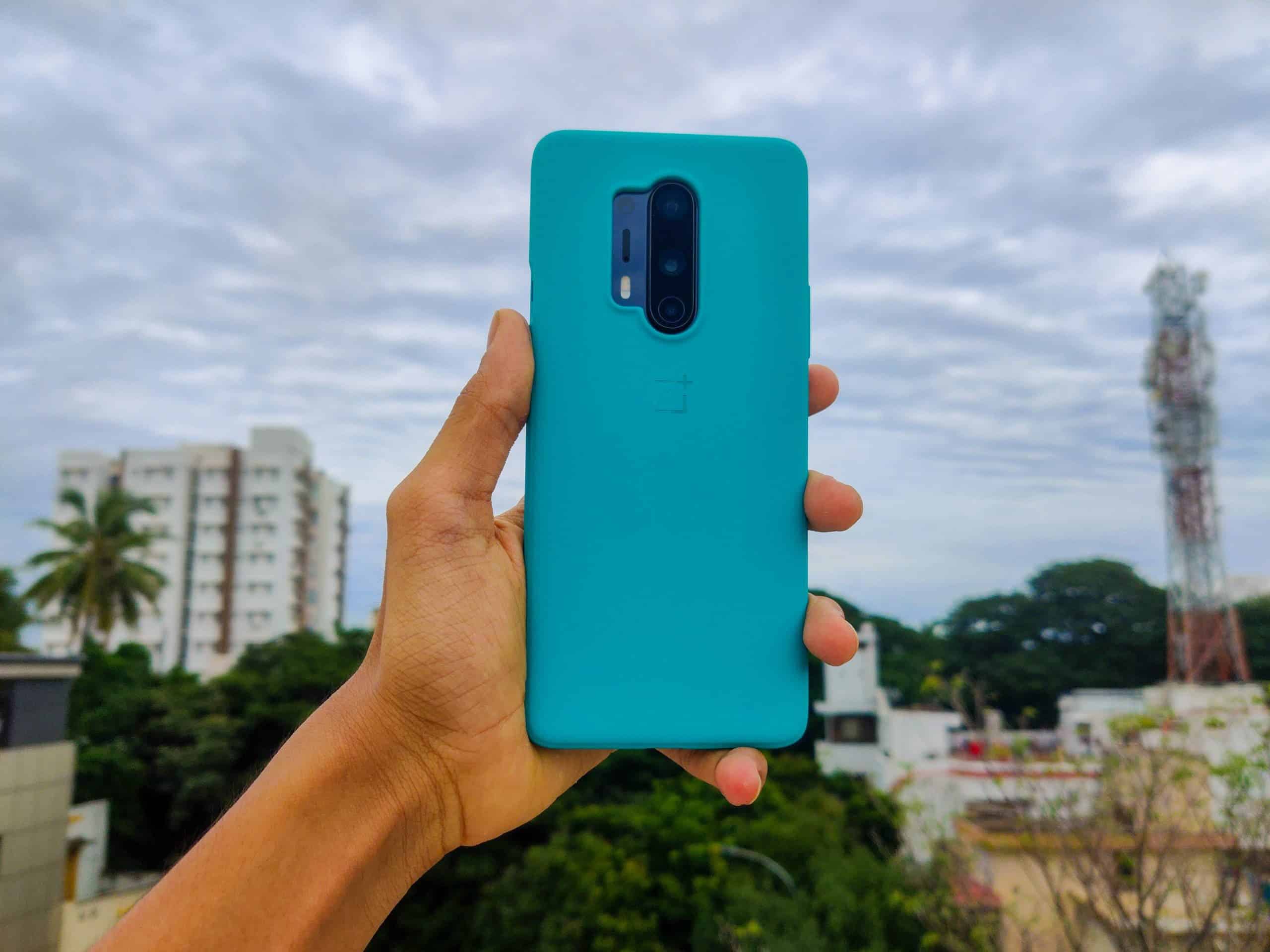
The OnePlus 8 Pro has its areas where it excels and some areas where it doesn’t. The display, the build, performance and the user-interface are where it excels; providing a smooth 120hz display, being power-packed with the Snapdragon 865 and more. However, if you are looking to buy the OnePlus 8 Pro just for its camera’s, I would recommend you look for other options; under the same price such as the Xiaomi Mi 1o which has the 108-megapixel sensor. Incase camera isn’t your top priority, the OnePlus 8 Pro forms a solid choice; coming in for Rs.55,000 and being cheaper than the regular Galaxy S20 and even the Motorola Edge+.

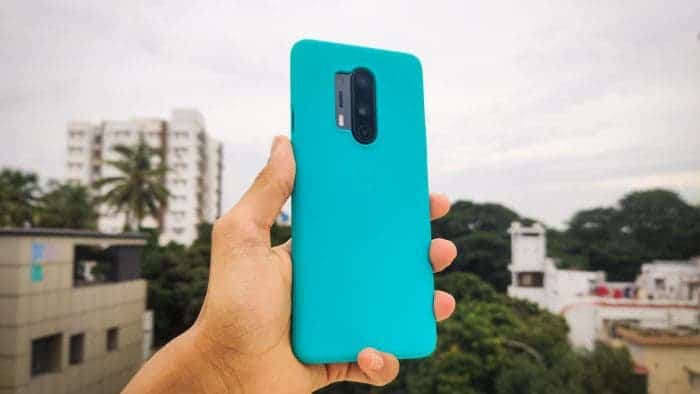
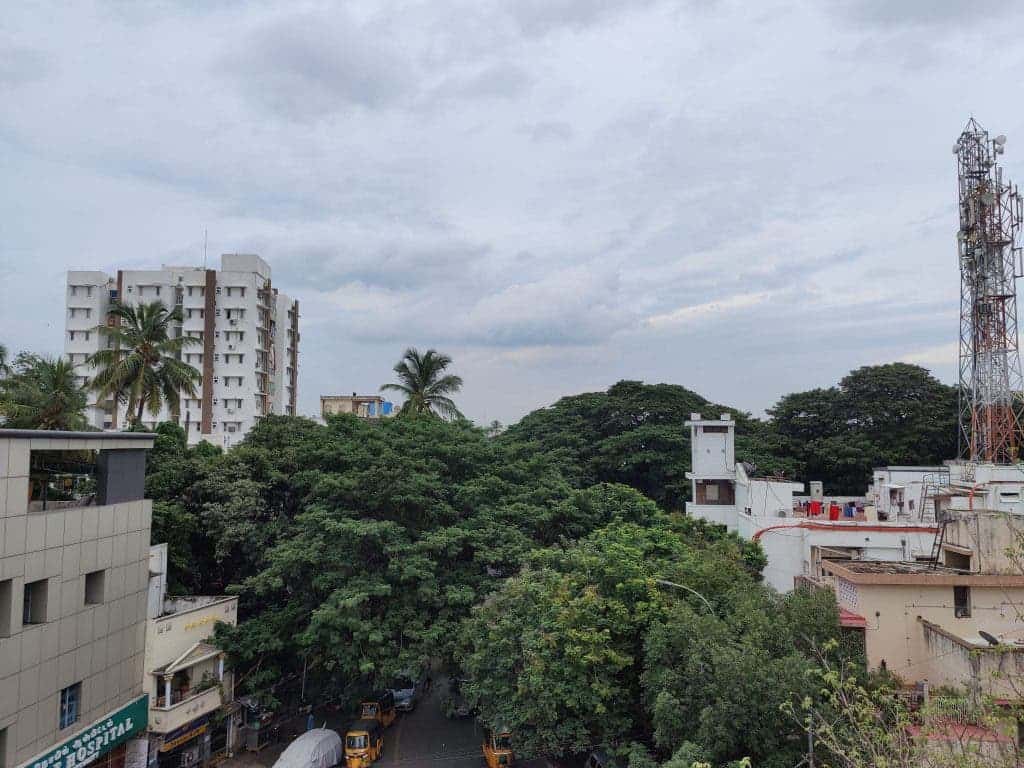
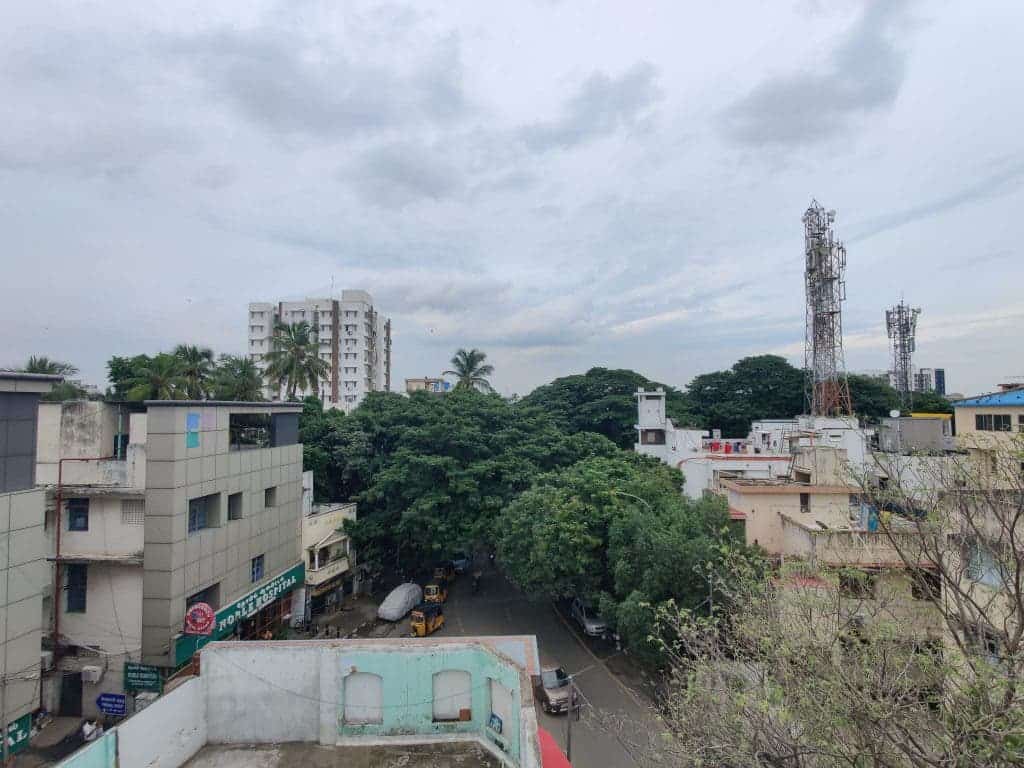
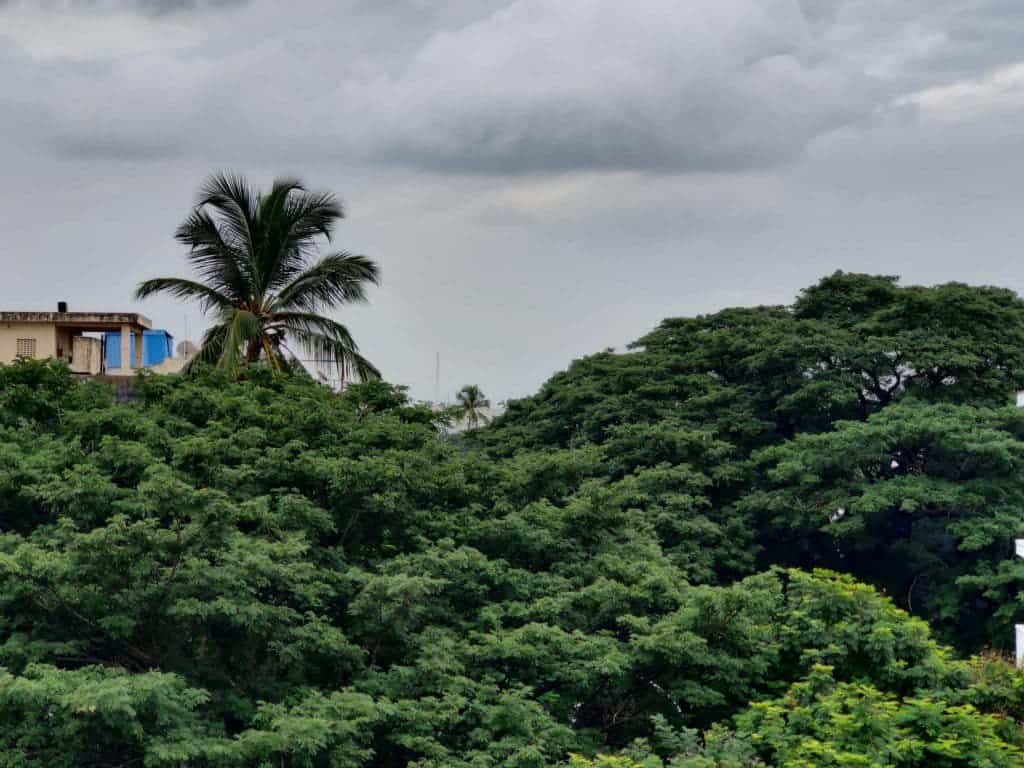

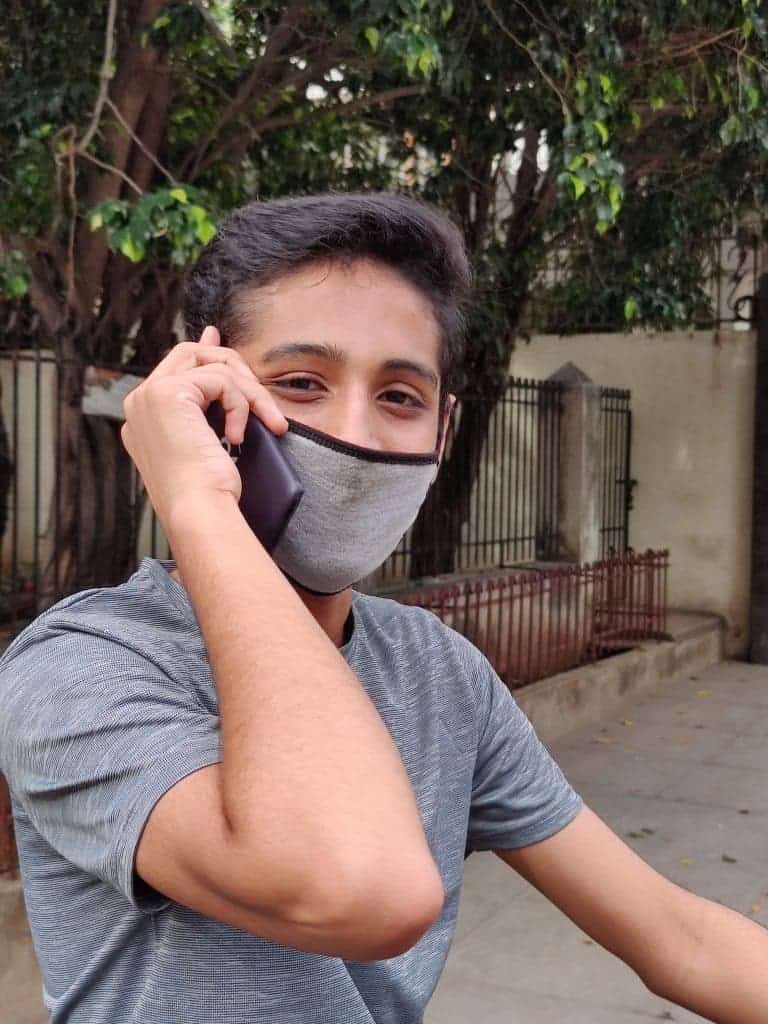
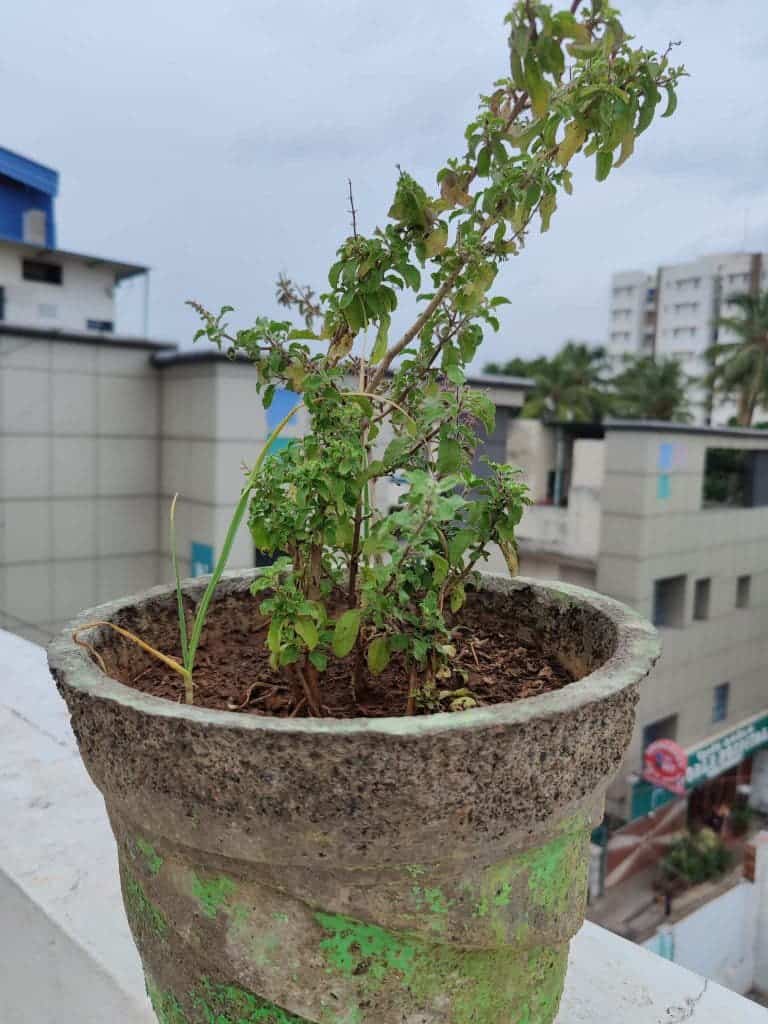






Hello